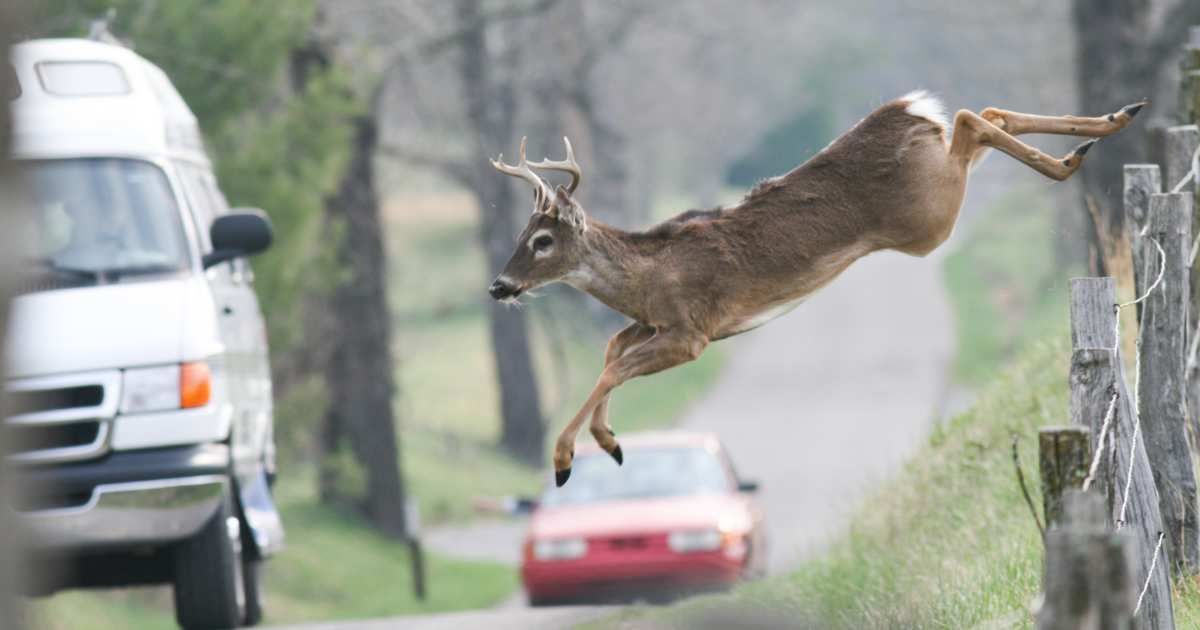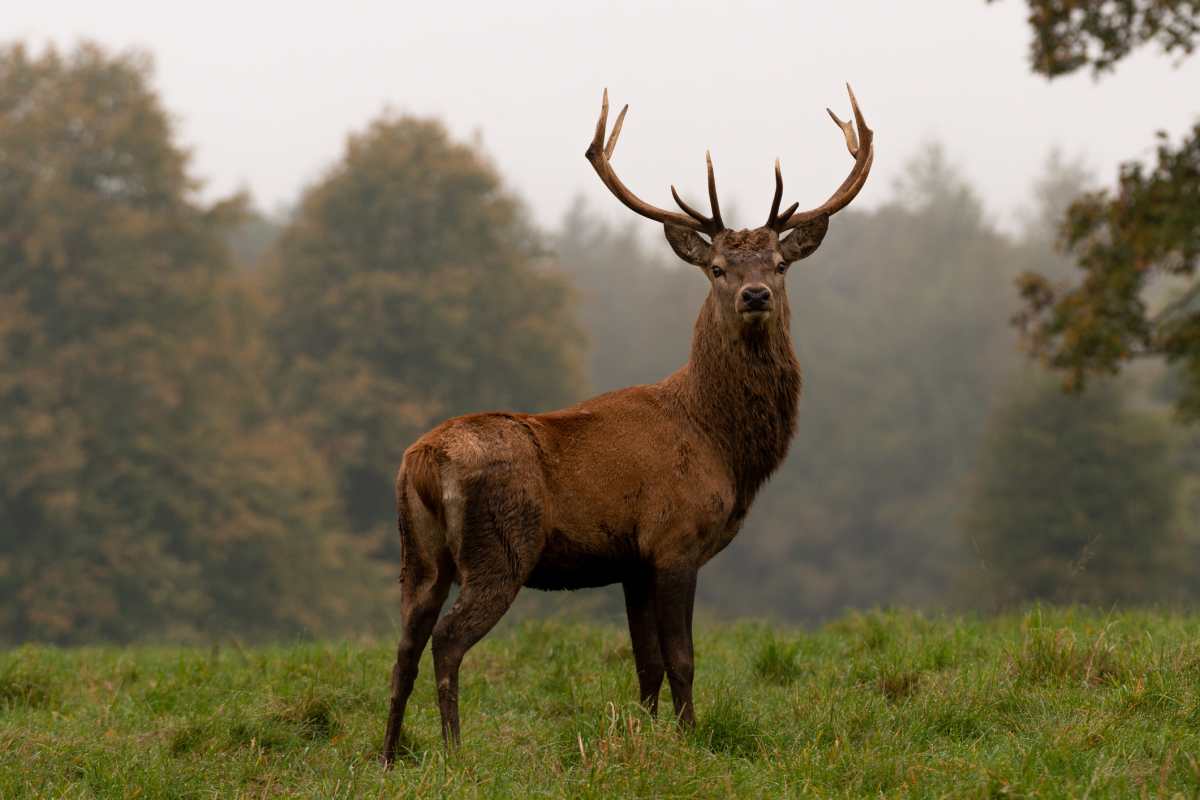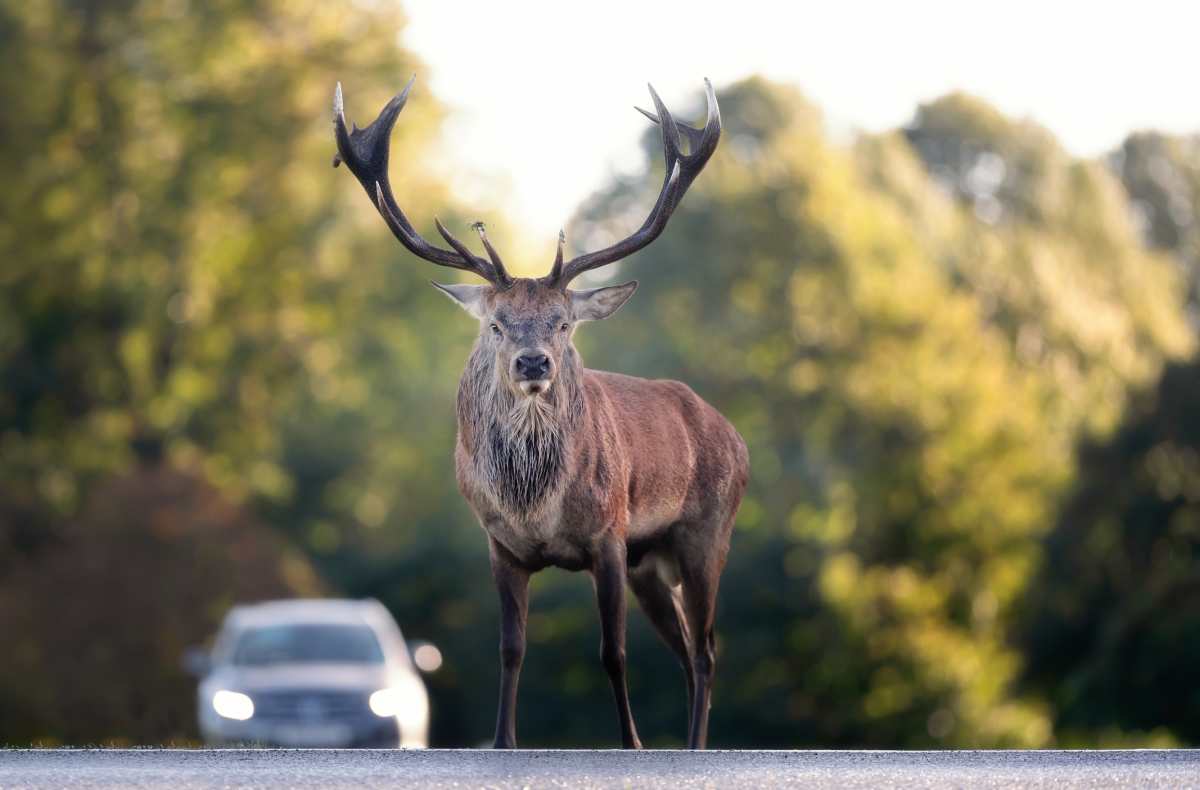Indiana State Police Urges Drivers to ‘Slow Down’ and Keep Distance From Deers in the Coming Months

Scramble down a forest trail in Indiana between late October and mid-November, and you'll hear sounds of excited deer galloping on the forest beds, as males engage in a vigorous competition to chase a female. From time to time, this cacophony will also erupt with rattling, grunting, and bleating calls of a male as he finally discovers a doe in the jungle. With mating season on the cards, these animals turn aggressive and skittish. In a Facebook report, Matt Ames from Putnamville State Police cautioned humans to keep a distance from these smitten bucks and slow down their vehicles while they drive through the roads and streets of Indiana, particularly those near the forested areas.

As Guide Fitter describes, this season, falling shortly after the autumnal equinox, the deer in Indiana, particularly the mature trophy whitetail deer, get high on testosterone, which basically means they are desperate to find a partner and have some romance. This is the time when males lurk around dense thickets, overgrown clear-cuts, and swamp edges, to display their dominance and attract the females. The mating unfolds in seven stages, beginning with the “seeking” stage.

Seeking is a part of the pre-rut phase when the antlers on male bucks start to transition from velvety to hard-textured. They lumber around food plots, vegetation corridors, and travel trails, rubbing their antlers against tree barks and collecting acorns dropping from trees. Males secrete pools of urine, which contain pheromones that indicate their readiness for breeding. And while they are scraping new patches for bedding or replenishing their body fat, the interested female emerges from the brush. However, since deer are in an aggressive mode at this time, the Indiana State Police (ISP) urges observers to follow certain precautions to avoid accidents.

Last year, Indiana witnessed over 17,000 accidents involving deer during the rutting season. Doctors treated more than 707 injuries and saw nine fatalities. The first precaution, as Ames outlined, is to “be cautious while driving at dawn or dusk.” According to the ISP, deer are most active at sunrise and sunset. Ames suggests motorists tighten their seat belts at this time in case they need to make a sudden stop if a deer jumps out in front of them on the road.

Another tip is to pay attention to the surroundings and be on the lookout for the various “deer crossing signs,” posted typically in rutting hotspots like the central patches of forested areas. During night-time, drivers can flash their headlights to warn other drivers or illuminate the road trail in front of them for safety. ISP also warned drivers to stay alert and avoid swerving to try to avoid a deer. This can lead to a more serious crash and the possibility of a dramatic collision.
In an unfortunate case, if your vehicle ends up colliding or crashing into a deer, the best line of action is to approach the local police department and call a doctor. Deer are unpredictable. If they end up darting into your traffic lane, you can’t blame them for the intrusion. The most effective strategy, therefore, is to be a slow horse, drive on a leisurely pace, and let these bucks make the best of their romantic season. Plus, unlike you, they don’t have life insurance. Don’t slam your car and spoil their experience.
More on Green Matters
The ‘Most Dangerous Animal’ in Yosemite National Park Isn’t What You Think
Yellowstone Visitors Are Being Warned About a Serious Problem — And It Involves Wild Elks